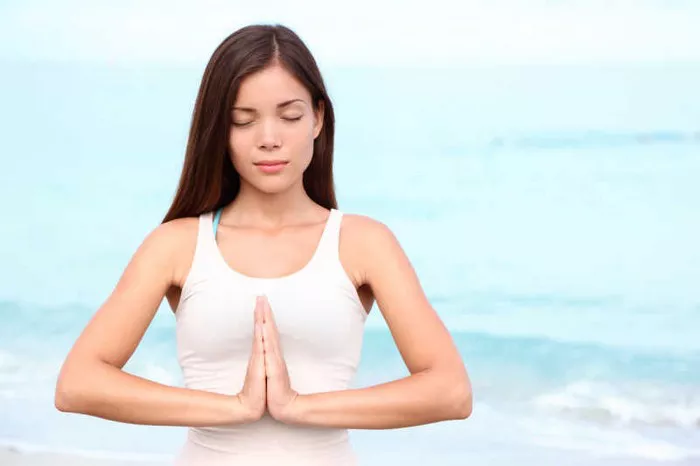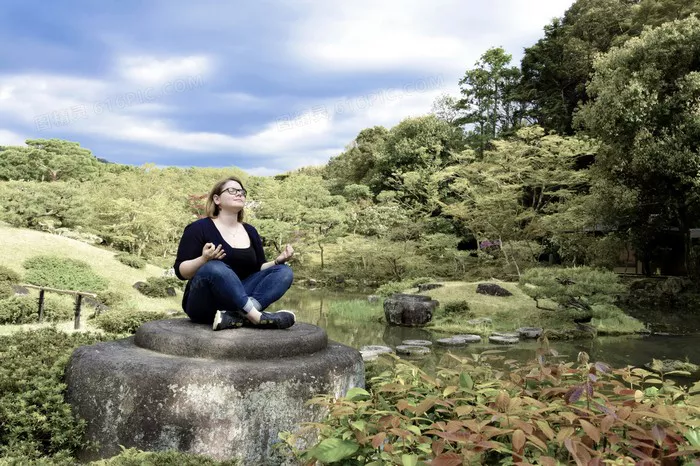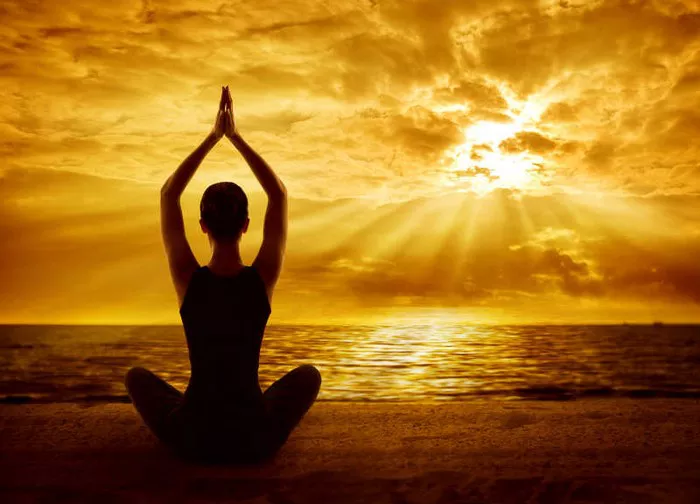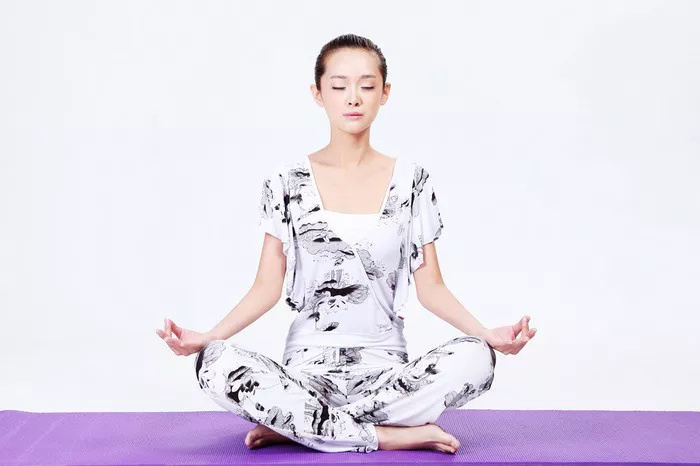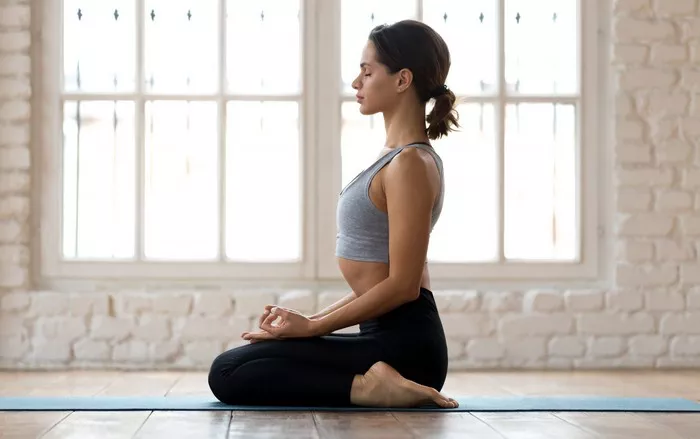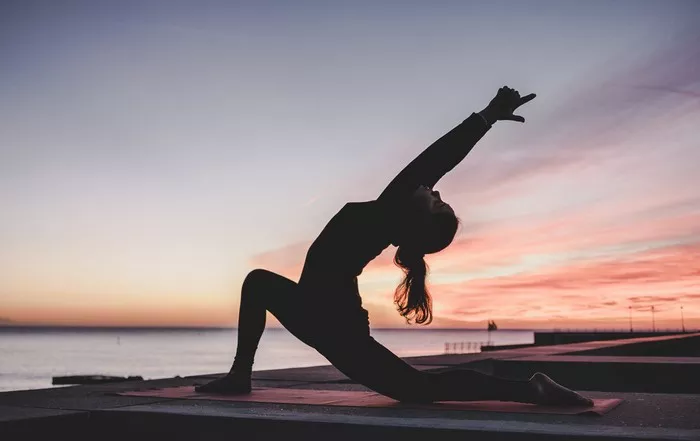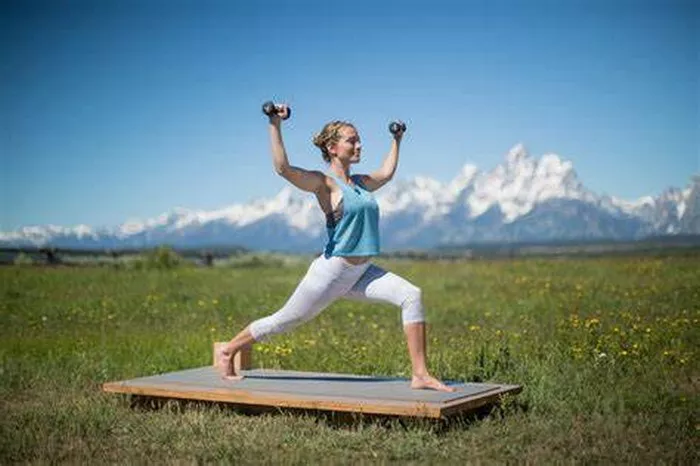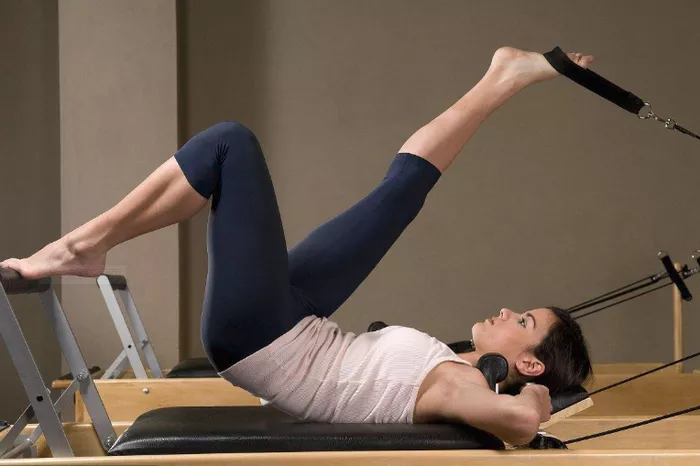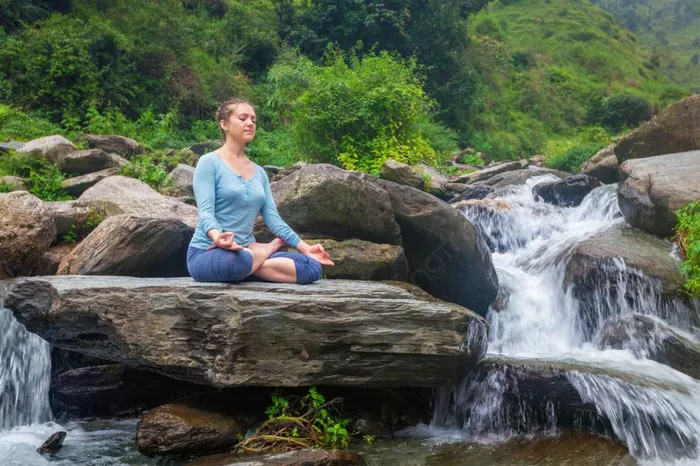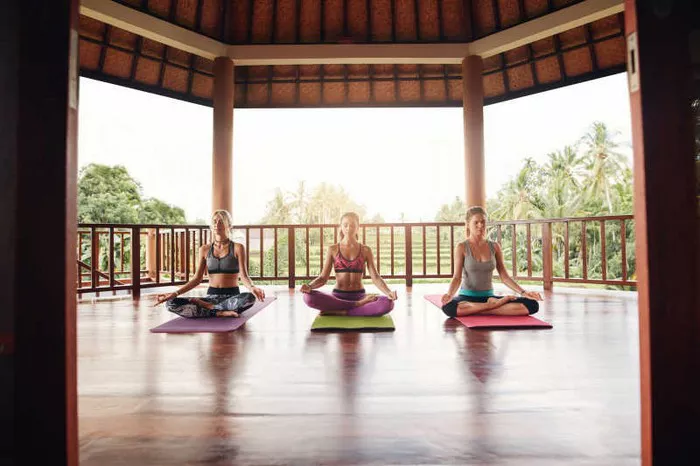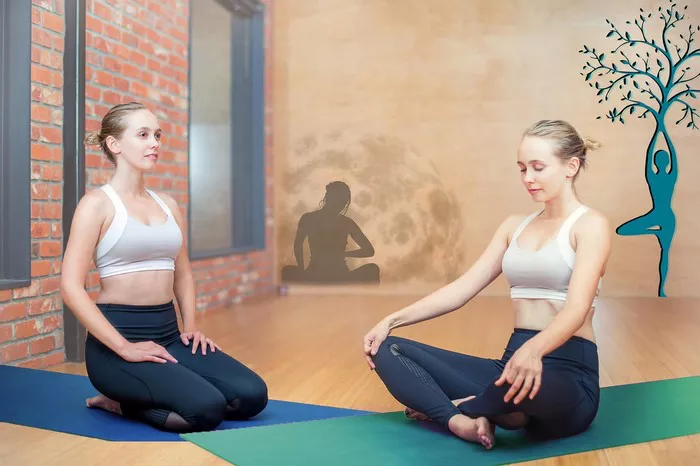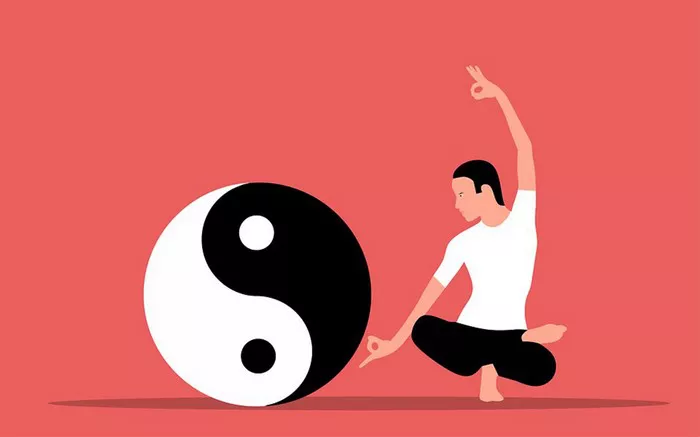Hatha yoga is one of the most widely practiced forms of yoga, focusing on physical postures (asanas) and breath control (pranayama) to bring balance between the body and mind. One common question among practitioners is: “How long should I hold a Hatha yoga pose?” The answer varies based on several factors, including the specific pose, individual fitness level, experience, and the intended purpose of the practice. In this article, we will explore the ideal duration for holding Hatha yoga poses, the benefits of holding postures longer, and factors to consider when determining the right duration for you.
Understanding the Basics of Holding Hatha Yoga Poses
Hatha yoga involves static postures, meaning you hold each pose for a specific duration rather than transitioning quickly from one to another, as in more dynamic styles like Vinyasa. The length of time a pose is held in Hatha yoga depends on various factors such as:
- The level of the practitioner (beginner, intermediate, or advanced)
- The type of pose (standing, seated, balancing, backbend, etc.)
- The goal of the practice (strength building, flexibility, relaxation, etc.)
- Individual physical condition and comfort level
General Guidelines for Holding Hatha Yoga Poses
For most Hatha yoga practitioners, the general recommendation for holding a pose is between 15 seconds and 2 minutes. However, there is no strict rule, and the duration can be adjusted based on individual needs.
1. Beginners (15-30 seconds)
If you are new to yoga, it is best to start with shorter holds—typically 15 to 30 seconds per pose. This helps build familiarity with postures while preventing strain or injury. Holding poses for too long as a beginner can lead to unnecessary discomfort and improper alignment.
2. Intermediate Practitioners (30-60 seconds)
As you gain experience, you can gradually increase the duration to about 30 to 60 seconds. This allows for deeper engagement of muscles and greater focus on breath control. Holding poses longer also helps improve endurance and flexibility.
3. Advanced Practitioners (1-2 minutes or longer)
More experienced yogis may choose to hold poses for 1 to 2 minutes or even longer, depending on the goal. Holding postures for extended periods can enhance mental concentration, deepen stretches, and build significant strength and stamina.
Duration Based on Pose Type
Different categories of Hatha yoga poses have varying recommended hold times based on their effects on the body.
Standing Poses (30 seconds to 1 minute)
Standing postures, such as Warrior I (Virabhadrasana I) and Tree Pose (Vrksasana), are generally held for 30 seconds to 1 minute. These poses focus on strength, stability, and balance.
Seated Poses (1 to 2 minutes)
Seated poses, like Seated Forward Bend (Paschimottanasana) and Butterfly Pose (Baddha Konasana), are often held for 1 to 2 minutes. This duration allows for deep muscle relaxation and flexibility improvements.
Balancing Poses (20 to 40 seconds)
Balancing poses, such as Eagle Pose (Garudasana) and Half Moon Pose (Ardha Chandrasana), require intense focus and muscle engagement. Holding them for 20 to 40 seconds is usually sufficient.
Backbends (20 seconds to 1 minute)
Backbends like Cobra Pose (Bhujangasana) and Camel Pose (Ustrasana) are typically held for 20 seconds to 1 minute. Beginners should start with shorter holds to avoid strain on the lower back.
Inversions (30 seconds to 2 minutes)
Inversions, such as Shoulder Stand (Sarvangasana) and Headstand (Sirsasana), require building up endurance and should be held for 30 seconds to 2 minutes, depending on experience and comfort.
Restorative Poses (3 to 5 minutes or longer)
Poses like Child’s Pose (Balasana) and Corpse Pose (Savasana) can be held for 3 to 5 minutes or longer to fully relax the body and mind.
Benefits of Holding Poses Longer
Holding poses for an extended period can provide numerous benefits, including:
Increased flexibility: Longer holds allow muscles to stretch gradually, improving overall flexibility.
Enhanced strength: Engaging muscles for a prolonged period builds endurance and strength.
Improved focus and mindfulness: Staying in a pose encourages deep concentration and breath awareness.
Better joint health: Holding poses stimulates joint lubrication and mobility.
Deeper relaxation: Longer holds in restorative poses help calm the nervous system and reduce stress.
Factors to Consider When Determining Hold Time
Listen to Your Body: If you experience pain or discomfort, release the pose sooner.
Breath Awareness: If your breathing becomes strained, it may be a sign to shorten the hold.
Purpose of Your Practice: If focusing on strength, hold poses longer; for relaxation, opt for gentle, longer holds.
Level of Experience: Beginners should start with shorter durations and gradually increase.
Type of Yoga Practice: Traditional Hatha yoga involves longer holds, while flow-based styles use shorter durations.
Conclusion
The ideal duration for holding Hatha yoga poses depends on individual goals, experience level, and the type of posture. Beginners should start with shorter holds (15-30 seconds), while intermediate and advanced practitioners can hold poses for up to 2 minutes or more. Listening to your body and maintaining proper alignment are key to reaping the full benefits of your practice. By experimenting with different hold times, you can develop a balanced, mindful, and effective Hatha yoga routine that supports your physical and mental well-being.
Related topics


